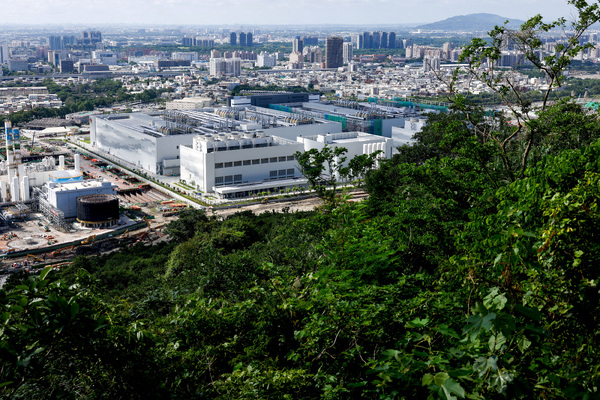SupplyChainTalk: Navigating the seasonal surge when you’re at peak volume
On 23 April 2025, Supply Chain Talk host Ana Maria Velica was joined by Prof. Dr. Md. Mamun Habib, Professor, Independent University Bangladesh and University of Texas; and Antoine A. Pratt, Operations Manager - Cardiac Cath Lab and Interventional Radiology, VHC Health.
Views on news
Inventory management can be tricky, but proper inventory visibility has a direct impact on topline growth in a number of ways. With poor inventory visibility, demand forecasting becomes unreliable and may lead to over- or under-stocking.
Technologies like AI and machine learning can help streamline and scale inventory operations. However, these technologies can only be effective with accurate, real-time, item-level data. Organizations with dynamic inventory operations must ensure they have the tools and systems in place to capture the data these technologies need to drive stronger inventory accuracy and insights.
Meanwhile, AI can help manage complex data that supply chains generate, thus decreasing unpredictability in a volatile market. AI-driven forecasting tools help leaders anticipate demand more accurately. Hower, the human-machine interaction remains critical.
Leveraging data analytics
All forecasting techniques based on mathematical modelling techniques including moving averages and exponential smoothing require a human in the loop. AI-driven forecasting can enhance the accuracy level of manual forecasting considerably.
When using AI to build a model, it must be given a proper prompt, such as “I need a model with exponential smoothing which is looking at seasonality too to predict demand.” ERP systems such as Workday now also include an AI module, but it’s also key for procurement professionals to understand its output.
Covid showed the fragility of global supply chains and led to the practice of dual and multiple sourcing. While logistical bottlenecks are inevitable, monitoring news and weather data closely can help identify events that can impact the business operation.
The workforce in healthcare, for example, can catch up on other tasks during seasonal slumps. But workforce optimisation is a key aspect of supply chain management in other sectors too – and it’s not limited to scheduling but includes training, employee engagement and mentoring as well. Risks must also be identified and evaluated.
While some risks have been mitigated, others, such as cyber security, over-reliance on AI or disinformation in social media are looming larger. But computational techniques, such as the Monte Carlo simulation, can help model the probability of different outcomes during a crisis. Communicating stock data to customers during stockouts and when an out-of-stock item is going to be replenished can build consumer trust.
The panel’s advice
- Make sure your supply chain is ethical, responsible, sustainable, as well as resilient.
- Know your maths, know your book of business. You can’t avoid these if you want to predict demand accurately.

Business Reporter Team
Most Viewed
Winston House, 3rd Floor, Units 306-309, 2-4 Dollis Park, London, N3 1HF
23-29 Hendon Lane, London, N3 1RT
020 8349 4363
© 2025, Lyonsdown Limited. Business Reporter® is a registered trademark of Lyonsdown Ltd. VAT registration number: 830519543





